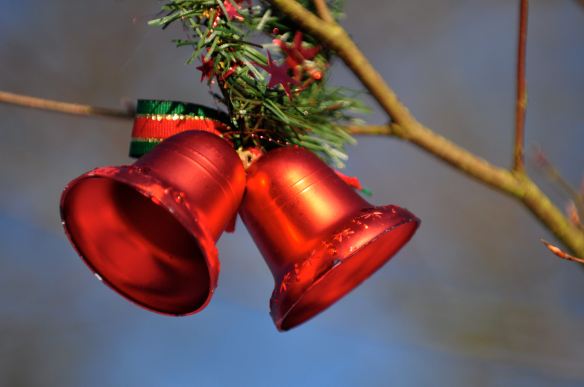Gold was first discovered in 1849 by Abner Blackburn and several other placer miners at the mouth of Gold Canyon where it empties into the Carson River at Dayton. Shortly after the discovery, an influx of prospectors, miners and opportunists began working its way up Gold Canyon in pursuit of the elusive yellow dust. It would be another 10 years before silver would be identified as the most amazing mineral discovery of the century at the upper end of Gold Canyon.
Enterprising Spafford Hall saw an opportunity to make his fortune catering to the needs of the local miners and travelers passing through to the “real” gold fields in California. Hall constructed a substantial log store to become known as Hall’s Station. This was the first business established in what later would become known as Dayton, and Hall was the first permanent settler.
To provide entertainment to the miners, ranchers and employees at the station, Hall decided to throw Nevada’s first New Year’s Eve dance at the station on Dec. 31, l853. He invited a total of about 150 men from a radius of about 50 miles. Nine of the 12 women then living in this remote outpost of western Utah Territory showed up for the bash. I’m sure there was not a wallflower among them. They ranged in age from little girls to grandmothers. Miners, cowboys and ranchers waited their turn for a chance to dance with the ladies. They danced on the rough log floor to the music of a makeshift orchestra playing “Oh Suzanna,” Virginia reels and other popular ditties.
The affair lasted until the wee hours of the morning. When at last the party broke up and the revelers went out to get their horses for the long ride home, they found most of the horses were gone. It seemed that sometime during the fandango, a band of Washoe Indians drove off the horses to a place near the present site of Moundhouse. There, the Indians, who were fond of fresh horsemeat, were having their own New Year’s Eve party consisting of a horesmeat barbecue.
A search was begun by the hungover partygoers in an attempt to track down the missing animals. They set out on foot in the cold January air with headaches and a chill in their bones with a bitter contempt for the Washoe horse-nappers. It wasn’t until late the next afternoon that most of the horses were recovered. Two of the animals were never recovered and were considered eaten. Late New Year’s Day 1854, the participants of Nevada’s first recorded dance made their way home from the most memorable dance party they likely ever were to attend.
Later that year, Spafford Hall was severely injured in a hunting accident and sold the station to an employee, James McMartin. Major Ormsby bought the station sometime between 1854 and 1860. The title was still in his name when he was killed in the first battle of the Pyramid Lake Indian War. The site of Hall’s Station has been destroyed by the huge borrow pit at the mouth of Gold Canyon, which rivals in size to the pit at the upper end of the canyon at Gold Hill.
Perhaps someday, there may be a re-enactment of the events of the first dance ever recorded in what was to become Nevada. Because Hall’s Station no longer exists, it may be appropriate to hold the event at my office in Moundhouse. After all, some of the original festivities ended up in Moundhouse anyway. It seems to me that a community that holds events such as the World Championship Outhouse Races, the Camel Races, Bed Races, the Mountain Oyster Cookoff and other unusual events just might consider a celebration of Nevada’s first dance and even the horse barbecue that topped off the event.
Never mind — on second thought, I don’t think so.


Great story Dennis. Thank you!
LikeLike